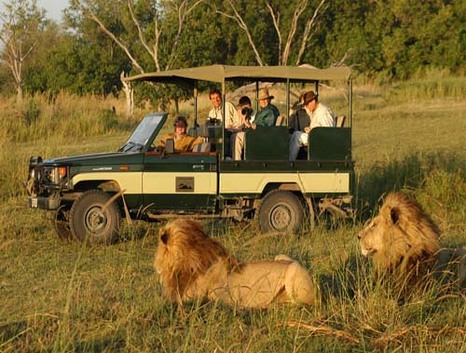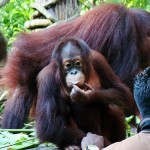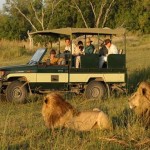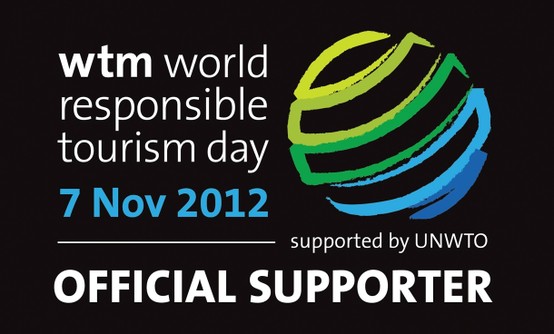By Paulinem Hernandez
We all know how Kenya has long been criticized for its slow development and lack of infrastructure. Despite of these and many other difficulties, all people and institutions related to tourism agreed on the fact that Kenya offers the best African safari experience among its competitors. Therefore, it didn’t come as a big surprise when United Nations selected Kenya to be the venue for first African conference on ecotourism.
Ecotourism isn’t something with a lot of historical roots in Africa. However, Kenya has taken the lead in the ecotourism industry of Africa. During the last five years, some of the most promising ecotourism community projects have been launched in Kenya. The safari camps offering valuable insight into the matters of ecotourism for the local communities have grown up sporadically. The local communities have been able to start up many new projects which helped them exploit their natural resources and bring a green revolution there.

Kenya’s ecotourism industry came to limelight back in 1997. The two camps which actively played a major role in community development projects of Kenya were Tortilis Camp in Amboseli and Ol Donyo Wuas in the Chyulu Hills. These two projects have also been able to win several awards. Many new ecotourism projects started in Africa trying to follow the Il’ Ngwesi project as a model.
There are many other places in Africa which have ecotourism projects running. However, Kenya was able to lead the pack of all these community based ecotourism projects by focusing on community conscious ecotourism. There are many ways in which modern eco-tourists define eco-tourism. The best way to define ecotourism is to make sure all the local communities are not only involved in the projects but also help these communities that live a better life. These communities have been preserving these wildernesses for centuries.
It is the Central Kenya where the most innovative developments in African ecotourism are taking place. In the semi-arid wildernesses of Laikipia Plateau many communities are helping by offering areas for wildlife which can be used to regenerate pastures overused by centuries of over-grazing. The strong community of 6000 Il’ Ngwesi has its lodge built entirely of earth and dead wood. The community also relies on solar power for its energy needs. Many neighboring communities have also started using this model to have a sustainable ecosystem which truly supports the concept of ecotourism.
The preservation projects of ecotourism in Kenya have been the result of an extraordinary collaboration among the NGO’s, environmental fields, donors, and the local communities. It will be a long time before we are able to see the real impacts of these ecotourism initiatives. However, steps like these prove vital to having sustainable ecotourism development model good for both the environment as well as the local communities.
——
This is a guest post and the writer has been covering the African tourism industry for several years. He has written valuable pieces of information about tourism tips, urgent cheap flights to Nairobi and money saving tips to Africa. His new love affair on African writing has been on ecotourism.






























 Twitter
Twitter Facebook
Facebook RSS
RSS
Comments
Powered by Facebook Comments